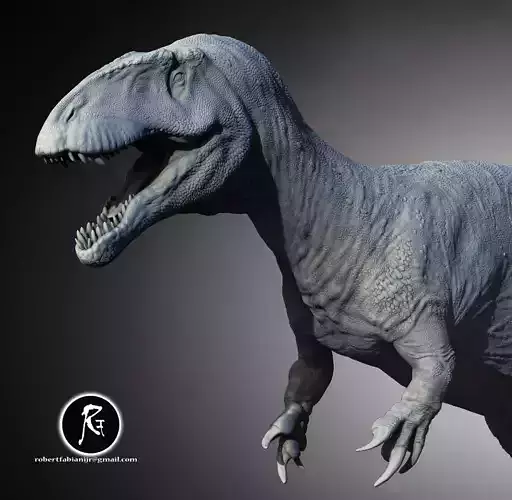1/3
Eustreptospondylus was a nimble, carnivorous theropod that stalked the coastal islands of what is now Europe during the Middle Jurassic, roughly 165 million years ago. Unlike its larger cousins, this predator was relatively lightweight and likely an agile scavenger or opportunistic hunter — a survivor of the shifting, isolated landmasses of its time.
This sculpt captures Eustreptospondylus in motion: long-limbed, balanced by a muscular tail, with a narrow, tooth-lined snout adapted for snatching fish, small reptiles, or carrion along prehistoric beaches. Its name, meaning “well-reversed vertebra,” hints at the evolutionary experimentation of early theropods as they diversified and specialized.
Whether you’re a dinosaur enthusiast, educator, or paleoart collector, this model brings attention to a lesser-known predator that bridges the gap between early and more advanced carnivores.
REVIEWS & COMMENTS
accuracy, and usability.



